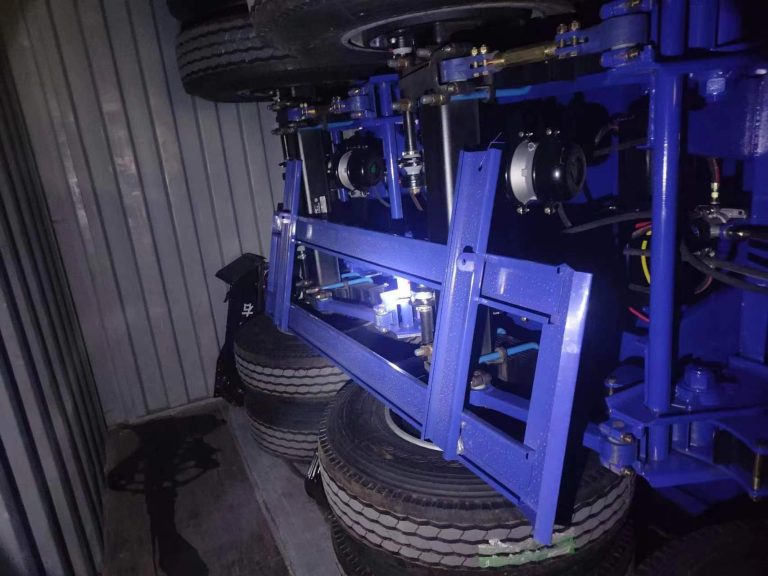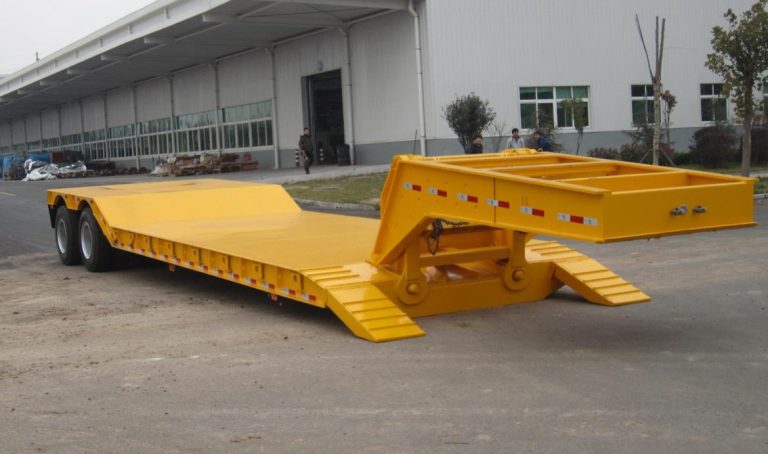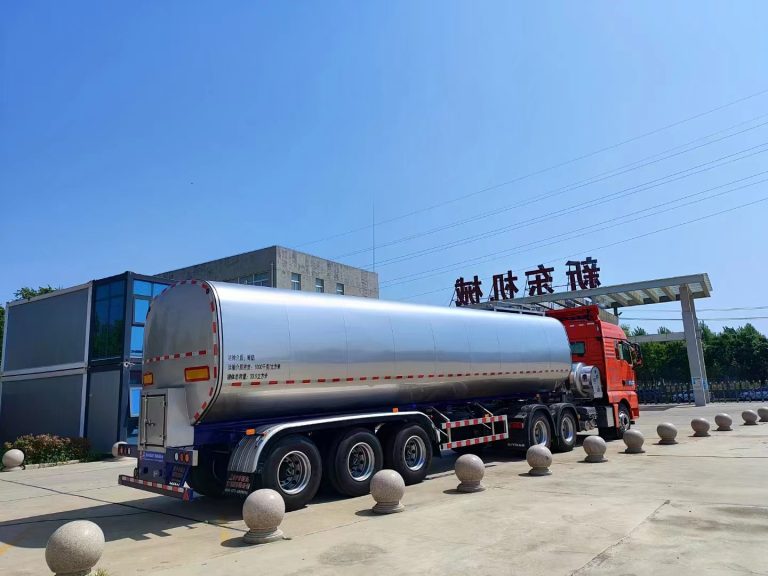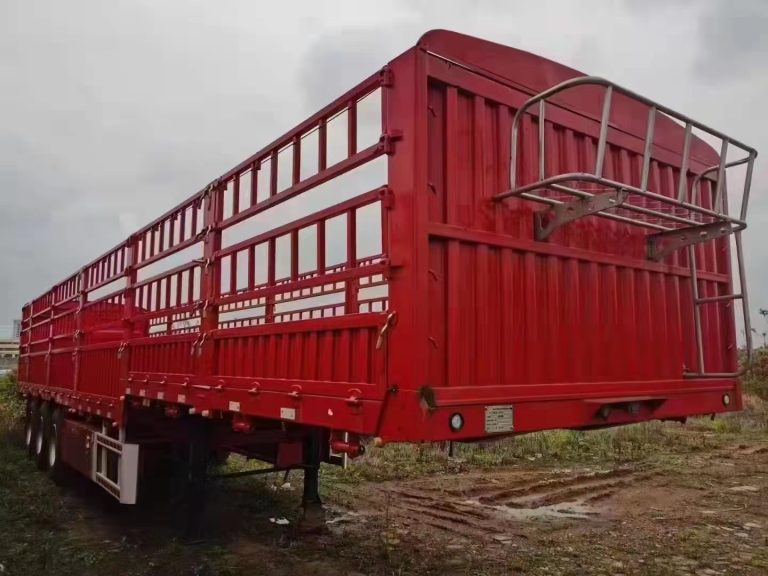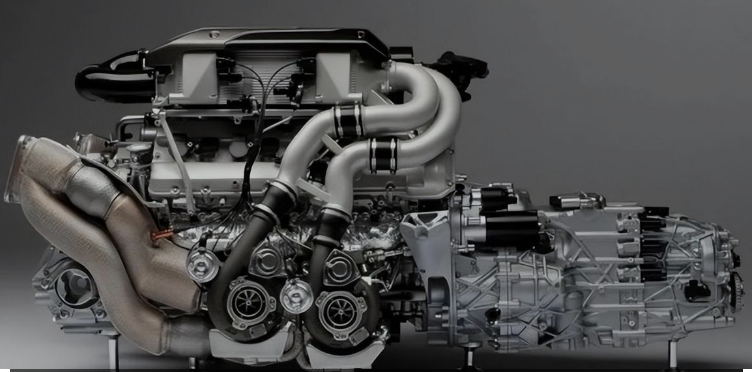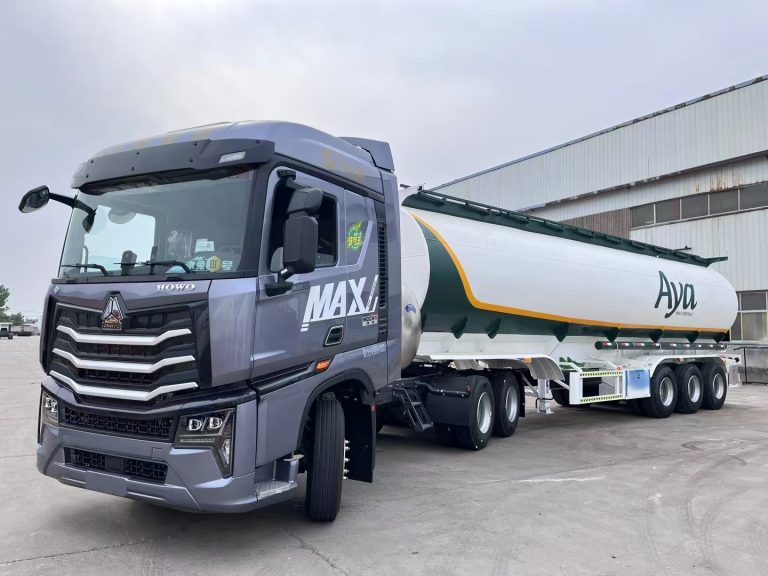Detailed explanation of mainstream tractor models in Europe and the United States
If you often look at pictures of European and American trucks, you will find that the vehicles they use are completely different from those in China. Compared with other regions, Europeans prefer the combination of 4×2 tractors and 3-axle trailers, commonly known as “one to three”. In North America, across the ocean, long-headed trucks are popular, and the more common ones are 6×4 tractors plus 2-axle trailers, which are also unique to the United States. You should have heard of the name of the American 18-wheel truck.
Regulatory restrictions: The tractor models in Europe and the United States are different.
Like in China, the biggest factor affecting what kind of models Europe and the United States like is also regulations. This is one of the biggest factors affecting the differences in vehicle usage in different countries and regions, including the production and sales of vehicles must comply with legal regulations. Maximizing profits without violating legal regulations is the unanimous pursuit of truck operators and companies around the world.

Europe: Because of the existence of the European Union organization in Europe, although there are many countries, there are relatively unified regulations on truck loads and sizes. Each country will have some special regulations for different situations. Most European countries have a maximum load limit of 40 tons for 5-axle and above car trains (semi-trailer tractors).
In Belgium, 5-axle vehicles also have different tonnages for different suspension types. The total weight limit for steel plate suspension is 43 tons, and the air suspension is 44 tons. This is similar to domestic regulations. In order to promote air suspension, GB1589 also stipulates that air suspension models can add 1 ton. (Please refer to GB1589 for details, not all models can be added.) The reason is that the air suspension has less impact on the road surface. Even if the load is increased by 1 ton, the damage to the road surface is less than that of the steel plate suspension.
The total weight limit of 5-axle vehicles in the Czech Republic is divided into full trailers (center-axle trailers) and semi-trailer tractors. The full trailer is limited to 44 tons, and the semi-trailer is limited to 42 tons. The premise is that the vehicle must be equipped with air suspension or similar suspension system and ABS system. This category is a requirement for the technical performance of the vehicle, and only if it meets the requirements can it carry more weight.
Norway is more open in this regard. The 5-axle vehicle consisting of a 3-axle front + 2-axle trailer is limited to 46 tons, the 5-axle vehicle consisting of a 2-axle front + 3-axle trailer is limited to 47 tons, and the 6-axle vehicle is limited to 60 tons.
Although the total weight standard of a few countries exceeds 40 tons, most countries still use 40 tons as the standard. In Europe, people often go abroad for long distances. In order to travel smoothly in Europe, they will naturally abide by the lowest standard. Therefore, 5-axle vehicles with a total weight of 40 tons are the norm in Europe. Although the tonnage of various axle combinations in Europe is not listed, 5-axle models are the most cost-effective combination in Europe. The 5-axle model uses a 4×2 tractor, which has a lighter weight. If it is replaced with a 6×4 tractor head, the weight increases, but the total weight of the 6-axle vehicle does not increase much. Under this regulation, users will definitely prefer to use 5-axle vehicles.
United States: The United States is a federal republic composed of 50 states and many overseas territories such as Guam. Each state is highly autonomous, so different states have different regulations on vehicle weight limits. Let’s take Oregon, located on the Pacific coast of the United States, as an example.
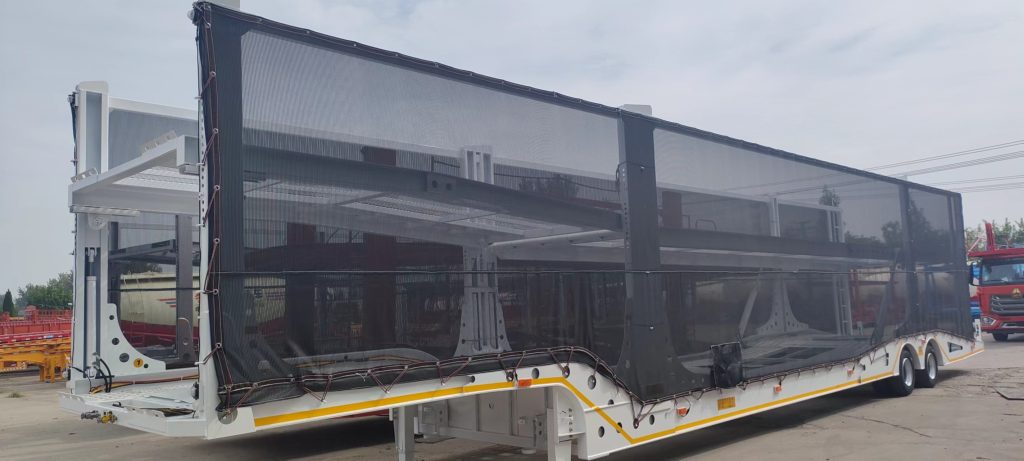
First of all, single-axle and parallel-axle have a total mass limit based on the size of the tire. No matter how the load is calculated later, the weight limit of each axle must not be exceeded. For tires with a diameter of 10, 11, and 12 inches, the limits for the steering axle (single tire on each side) are 12,000 pounds (5.4 tons), 13,200 pounds (5.94 tons), and 14,400 pounds (6.48 tons), respectively. One pound is approximately equal to 0.45 kilograms, so you can multiply the number of pounds by 0.45, and the result is equal to kilograms. Compared with the axle load in China, the tonnage in the United States is slightly smaller than that in China.
What’s interesting about the gross vehicle weight limit in Oregon is that it is determined by the wheelbase (first and last axles). For the same vehicle model, the longer the distance between the first and last axles of the vehicle, the greater the allowable load. For example, for the same 6-axle vehicle, the maximum allowable gross weight of the vehicle with a wheelbase of 20 feet is only 66,000 pounds. After the wheelbase becomes 43 feet, the gross weight limit immediately soars to 80,000 pounds (36 tons).
Let’s take the 43-foot wheelbase as an example. The gross weight limit of the 5-axle vehicle is 75,000 pounds (33.75 tons), and the gross weight limit of the 6-axle vehicle with the same wheelbase is 80,000 pounds (36 tons). The extra axle only increases the rated load by more than 2 tons. This is obviously not cost-effective. Moreover, this semi-trailer tractor with a 43-foot wheelbase only needs to move the Trailer Axle back 8 feet to increase the wheelbase to 51 feet, and the gross weight limit of the 5-axle vehicle can also reach 80,000 pounds.
It is precisely because of this method of judging whether a vehicle is overloaded by the length of the wheelbase that in Oregon, the maximum number of axles in a vehicle does not make much sense. The maximum truck limit allowed on the road is only 80,000 pounds, whether it is a 5-axle vehicle, a 6-axle vehicle or a 7-axle vehicle. You only need to make the wheelbase of a 5-axle vehicle longer to enjoy the same loading capacity as a 6-axle or 7-axle vehicle. Why do you need to choose a vehicle with more axles? Therefore, the most popular 18-wheel truck in the United States has only 5 axles, which is why when we look at pictures of American cars, their trailers have a particularly short rear overhang, just to increase the wheelbase.
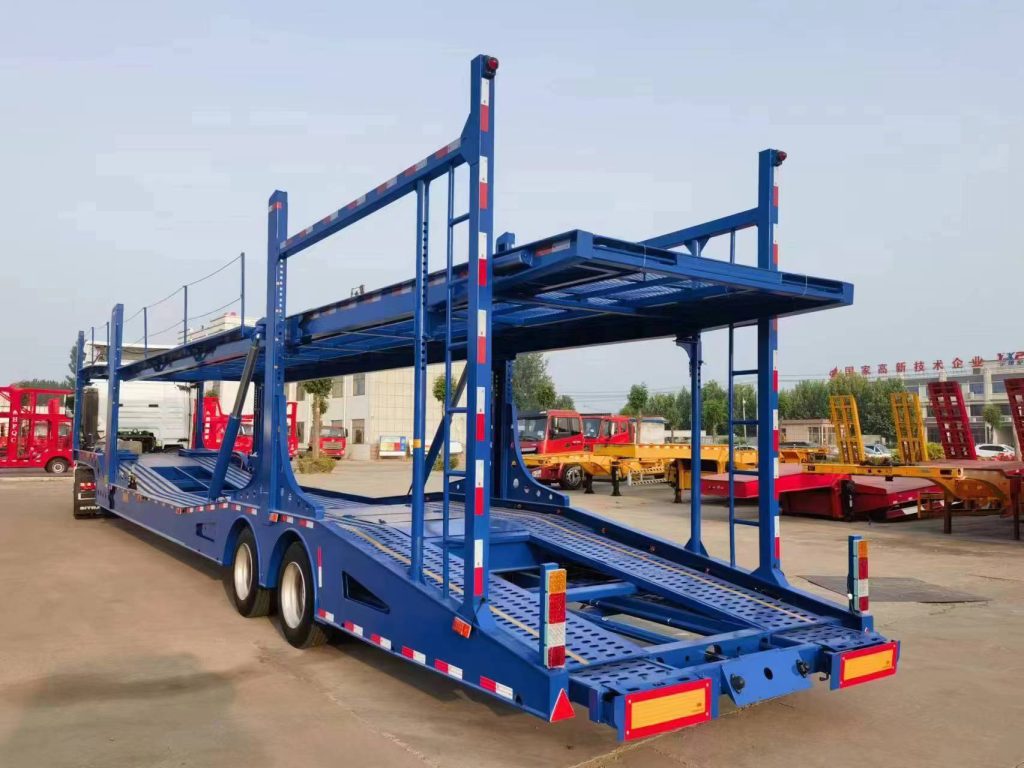
Because of this policy of determining the rated load by wheelbase, American trailers have the function of adjusting the wheelbase. Their trailers have no side guardrails and prefer a beamless load-bearing structure. This is all to facilitate the adjustment of the wheelbase to adapt to the regulations of different states.
It is also a 5-axle vehicle, so why do their tractor head choose a 3-axle 6×4 model + a 2-axle trailer, instead of a 2-axle 4×2 model + a 3-axle trailer combination like Europe? You can think about the characteristics of American trucks, long nose, large bed, and long wheelbase. Compared with European and domestic flat-head models, the popular American long-head trucks have huge long noses and wide berths. The entire cab occupies a very long position. If it is a 2-axle 4×2 head, the wheelbase of the tractor will be particularly long, and the weight distribution of the cab will be uneven, which will put a heavy load on the tractor beam. After the trailer is connected, the load on the tractor head will be even greater. The distance between the axle of the trailer and the tractor is very far. For the same cargo weight, the farther the distance, the greater the load on the tractor.
As mentioned earlier, the United States has very strict requirements on axle loads. Even if your vehicle’s gross weight is not overloaded, but your axle exceeds the legal limit, it is also considered overloaded. The long-wheelbase vehicle style of the United States is particularly prone to excessive axle loads on the head of the vehicle with a 4×2 long-head tractor + a 3-axle trailer. The 6×4 model can better distribute the axle load, so that the axle load does not exceed the legal limit when the vehicle’s gross weight is not overloaded.

